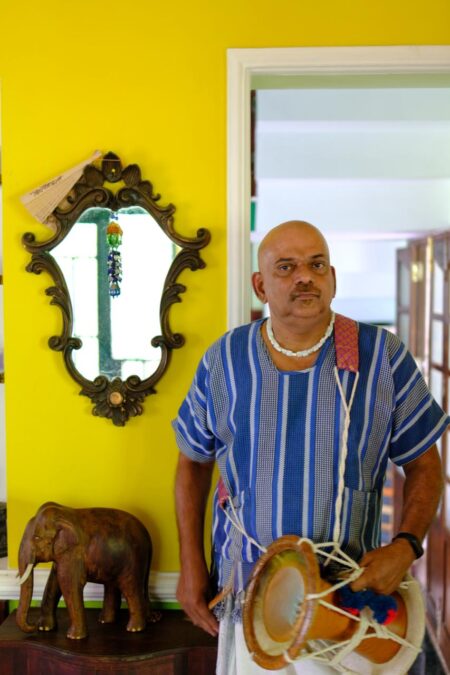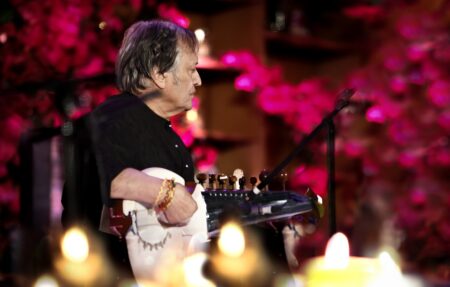How the harmonic music of the West and the melodic music of the East differ in its basic philosophy
It has been widely accepted that there are only two musical traditions in the whole world that are complete in themselves. They are the classical Indian music and classical western music. The two systems have striking similarities as well as contrasts.
The similarities are inevitable because of the universal appeal of music that transcends geographical, linguistic and cultural barriers. But the differences emerge as music reflects the degree and character of consciousness peculiar to the cultural sphere it springs from. Also, it depicts the thinking and feeling of the people in the historical epoch in which it is produced.
Common origin
It is interesting to note that both European and Indian systems of music followed the same track till the 15th century. Music was a means of communication between man and God as soon as it attained the status of an art. The accent during those days was not on the personal but on the impersonal.
The absence of consciousness of ego or self presupposes the absence of a consciousness about space. This is because space has relevance only when it is correlated to the observer or the subject. As the medieval man was neutral and indifferent towards space, his music also was correspondingly plain and flat as found in the Vedic chants, Gregorian chants and the choral music.
But during the periods of Renaissance, Classicism and Romanticism and also during the final stages of Impressionism and Expressionism, there was an attempt to place man at the centre of the whole system. Thus the world around him began to be treated as an object seen by him, heard by him and experienced by him. Human attitude thus changed from a contemplative to a pragmatic one. Music began expressing man’s feelings. No longer was its function to communicate to the Divine, but communication of ‘pleasure’.
Harmony Vs Melody
The one-dimensional music of the West changed to a two-dimensional one with the advent of harmony and chords. Music attained a third dimension of ‘tonality’ in later years which represented the organisation of all the tones and chords of a piece of music in relation to the tonic – the harmonic leading tone.
In sharp contrast to the rational, discursive Western music that appeals mainly to the intellect, Indian counterpart is intuitive. Its appeal is to emotion.
The mono-dimensional aspect of Indian music can be attributed to the absence of a rational consciousness of space which is discernible even in the architecture of our temples. Unlike the Cathedrals of the West, they do not embody space, but contain undifferentiated and cosmic space. This is reminiscent of the sublime cosmological conception according to which the universe itself is nothing but a tremendous cavern of which the temple is a prototype.
Since space and time condition each other, time in Indian music is psychical and emotional. It is the natural and experienced time whose metric unit is the natural heart-beat of man.
Our musicians concentrate on the swinging of pitch between the centres of each note whereas the Westerner jumps from one to the other. Notes swimming continuously in the sea of sound when brought together and arranged according to particular patterns, are called ragas; each having its proper season, day and hour of performance. When so performed, the raga is believed to have the power to move the elements of nature, in man and even in animal. And the history of Indian music is replete with stories depicting the power of ragas.
On the contrary, Western music was influenced by the dialectical thinking that has dominated the Western thought ever since the days of Plato and Aristotle. It consists in counter positioning of thesis and antithesis from which a third, known as synthesis is derived. The opposing terms of consonance and dissonance, major and minor, melody and counterpoint, tonic and dominant – all give rise to tension leading to a synthesis which completes the unity of the work.
But the conflict of contrasts that leads to dramatic tension is strange to Indian music. Here the contrasting terms rotate round the central point namely raga thereby complimenting each other to form a whole.





3 Comments
Excellent
Thank you Sir
Beautiful piece of prose. Very original and profound thoughts.